Overview
Firearms giant H&K has dominated a large segment of the shooting industry for decades, with the notable exception of the US civilian market. Their rifles have been so expensive or restricted, they are comparatively rare in civilian hands. As with most firearms, there have been numerous clones, .22-caliber versions, and look-alikes out there, but very few H&K guns have made it to the civilian market.
Perhaps indicating a change in direction, H&K recently released their own polymer 30-round AR-15 magazine without much fanfare. Personally, I am a fan of translucent magazines, and I have been ever since I saw the old G36 magazines. While I like the windowed PMAG's, being able to assess the load status of a magazine by looking anywhere on the mag appeals to me. Let's take a look at what H&K brings to the table.
Design
The H&K magazine is designed along the same concepts as most H&K products. It is a simple box-type magazine with a removable floorplate. It is translucent along the entire length of the body, with the exception of the floorplate, which is black polymer. In a departure from most modern magazines, the H&K mag does not have guide grooves for a stripper clip spoon. The magazine features a ridged body to aid in removal from pouches and insertion into the weapon.
These ridges are much more aggressive than the ridges on a PMAG or a Lancer. In my testing, I found these ridges to be a little too aggressive when combined with the wide body of the magazine. Lets take a closer look at that, because for some shooters, it's going to be a big deal.
H&K took a fair amount of inspiration from its G36 magazines when they designed their AR magazine. Although they do not clip together like their parent design, they are much wider than other popular double-stack 5.56 magazines.
In testing, the H&K magazines were a bit harder to get out of a pouch, especially when prone. The had a little more hang-up on each other in double mag pouches, but worked well when paired with a single mag such as a GI-type, PMAG, Lancer, and so on.
The H&K mags also feature an over-insertion stop, which is simply a massive ridge around the top of the magazine where the grip texture stops. This really only comes into play at the spine of the mag, as the ridge is not contoured to the magwell like the Lancer L5's.
Disassembly and Internals
The H&K mag disassembles easily using the tip of a round to pry the base of the magazine off. There is a small notch in the mag body below the H&K logo for you to press the round in and slide the floorplate back off of the mag. The spring and follower can then be removed to complete the disassembly. Putting the magazine back together is simple, drop the follower and the spring back into the magazine box, and slide the floorplate back on and lock it into place with the locking tabs on the magazine's body.
The internal surfaces of the magazine box are extremely smooth, and polished to an almost mirror shine. We'll see how well that holds up after the magazine has been cycled a few times with sand in it.
The spring appears to be a standard-spec spring, with one major difference from the springs you would find in a PMAG or GI magazine. It does not capture the follower. The anti-tilt follower simply drops on top of the spring, and does not have a hook or a catch for the spring to attach. Whether this is an advantage or a liability remains to be seen.
The follower itself is black polymer, with a long central leg and a slightly shorter leg on the front and back to stop it from tilting. There is a tab on the back of the follower that rides down a channel in the magazine spine. Likewise, there is a channel in the front of the follower that fits with a tab in the magazine body that helps guide the follower as it moves though the magazine body. The round guide is on the right side as with most standard magazines.
Moving the follower through the magazine shows that it is impossible to get the follower to tilt forward or backward. This is obviously a good thing, and is good to see in a modern magazine. The rounds seat very tightly in the magazine, and move backwards towards the spine as they descend through the magazine body. When the rounds are in the top-most position in the magazine, the tips of the bullets are nearly touching the edge of the magazine. This is not an issue with most common loads, but if you roll your own, or use projectiles with a longer overall length (OAL), you may run into some issues with this magazine.
In my testing with Federal 5.56 (both M855 and 193), American Eagle .223, Wolf Gold .223, Winchester .223 Varmint, Hornady Critical Defense, Hornady TAP, and Tula steel case, all the projectiles loaded into the magazine without issue and ejected cleanly.
With a price of around $20, the H&K magazine is quite a bit more expensive than the windowed PMAG, even the M3 version. Its still more expensive than the translucent Lancer magazines, and about twice the cost of a translucent MSAR magazine. Each of the other magazines are solid performers and the H&K magazine seems no different. For the consumer, however, you will need to decide if the extra cost is worth having an H&K polymer magazine in your gun. As enamored as I am with translucent magazines, personally I'll probably spend my money on other magazines.
Up next, we take the H&K magazine to the range and beat the crap out of it. Stay tuned for more info on how the H&K holds up, pics of us freezing in the snow, and our thoughts on how this stacks up against the competition.
To test the H&K out, I took the mag out to a two-day MDFI carbine course. Here are a few observations in no particular order.
- It's built like a tank. It got dropped, stepped on, had rifles dropped on it, got thrown, kicked, and piles of gear dropped on it with no failures, dents, scratches, or hangups.
- It's unique looking. It caught a lot of eyes, and prompted several questions and discussions. If you like turning heads at the range, you'll like this magazine.
- It seats well, even with 30 rounds on a closed bolt. Because I'm think-headed and I enjoy not following directions, I did not load my magazines to the 28-round limit recommended by the MDFI instructors. So under stress, I had a few failures to seat with GI mags and a few Pmags, but not with the H&K. I have a few guns that don't like to seat a fully-loaded mag, but they have no issues with the H&K.
- It's as big as you think it is. It feels clunky in pouches or in a kydex mag carrier, so it was often the first mag in my gun to get it off of my hip.
- It runs like a top. No failures were observed, even with dirt, twigs, grass and other debris in the magazine.

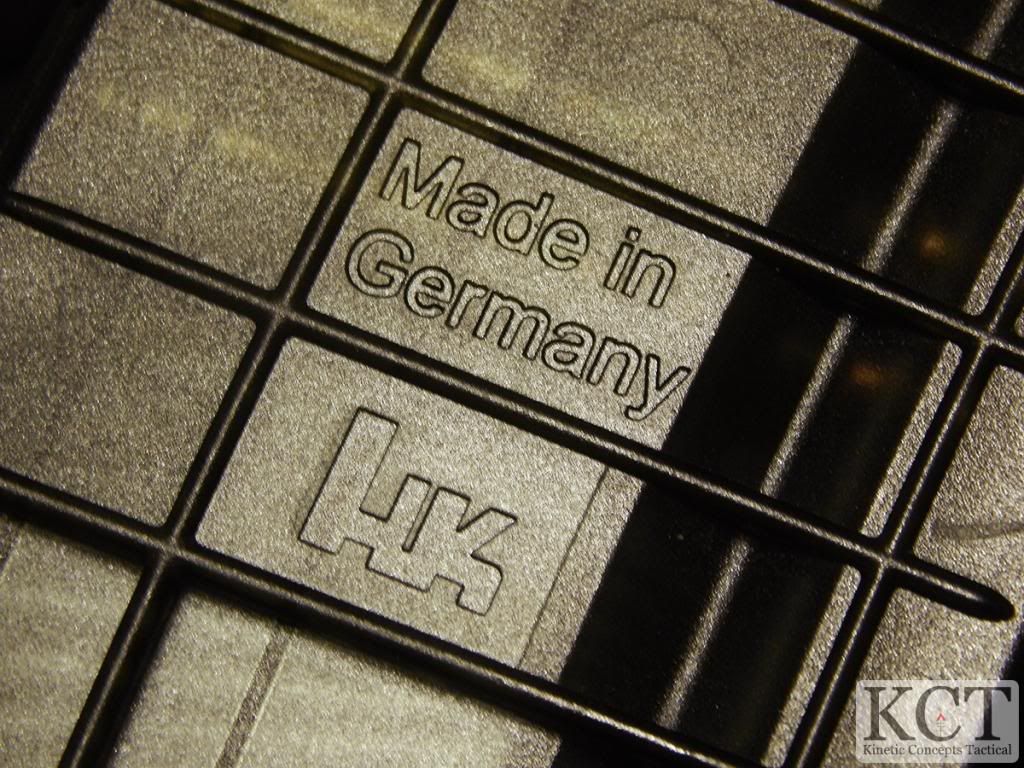
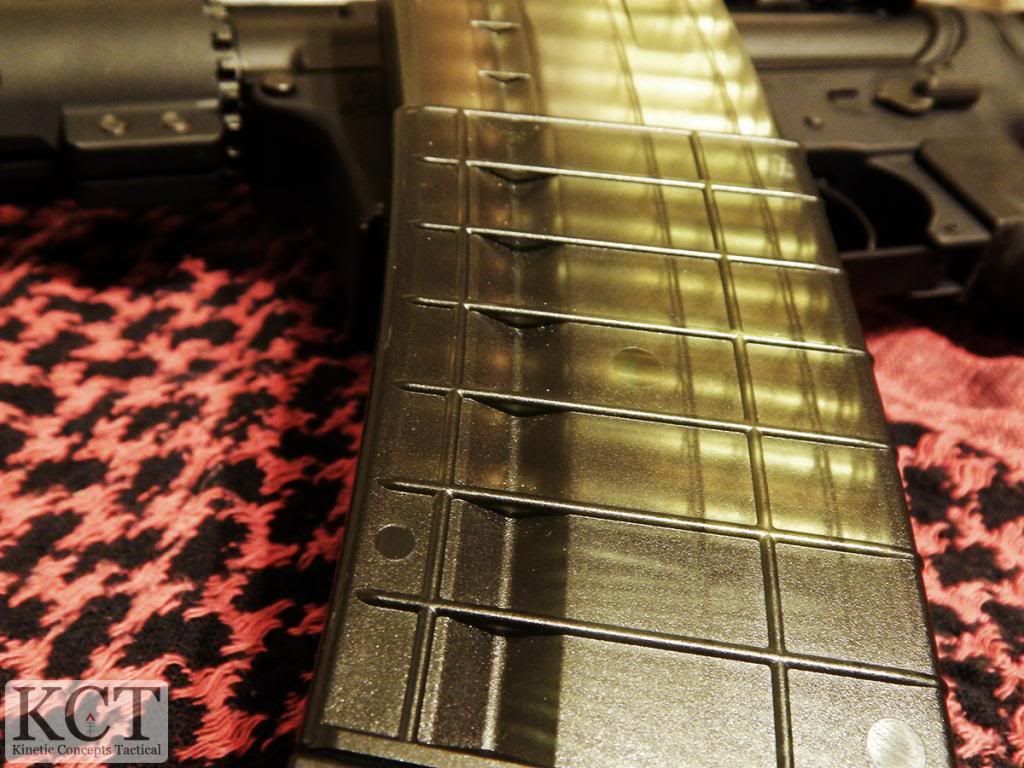
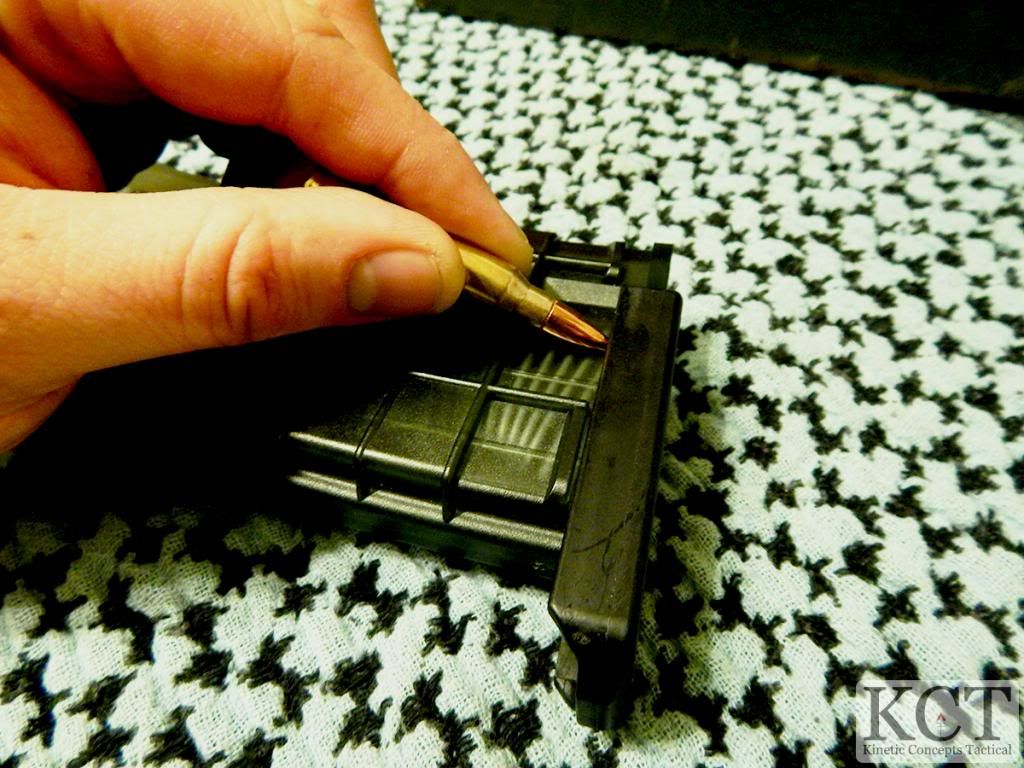
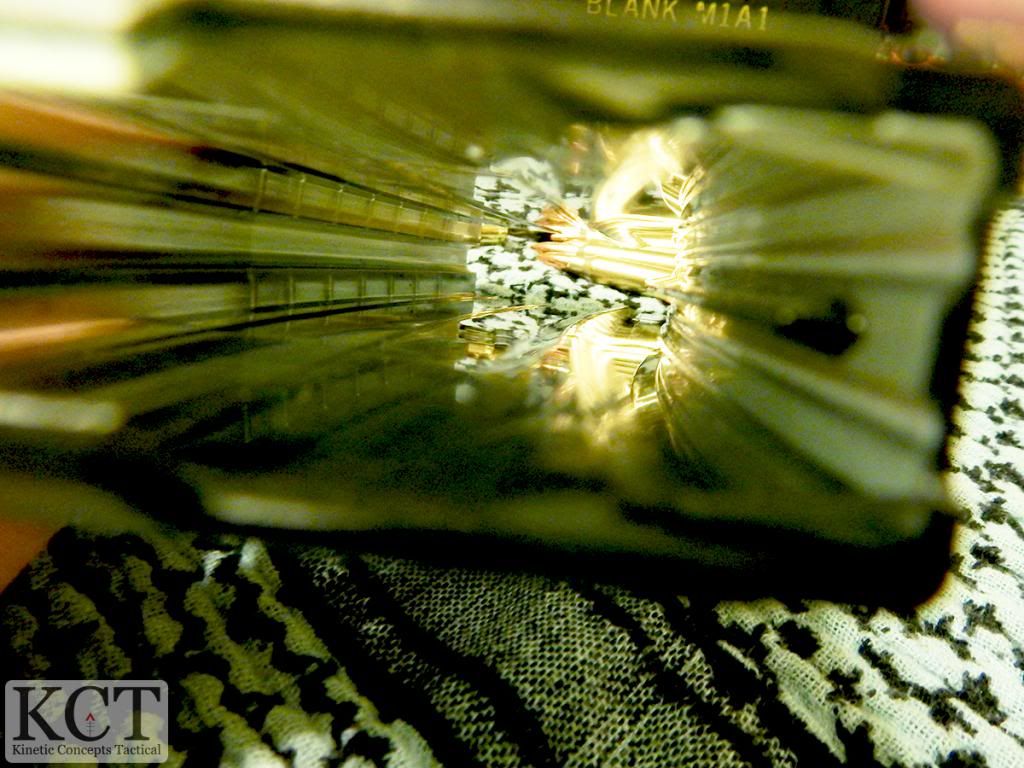
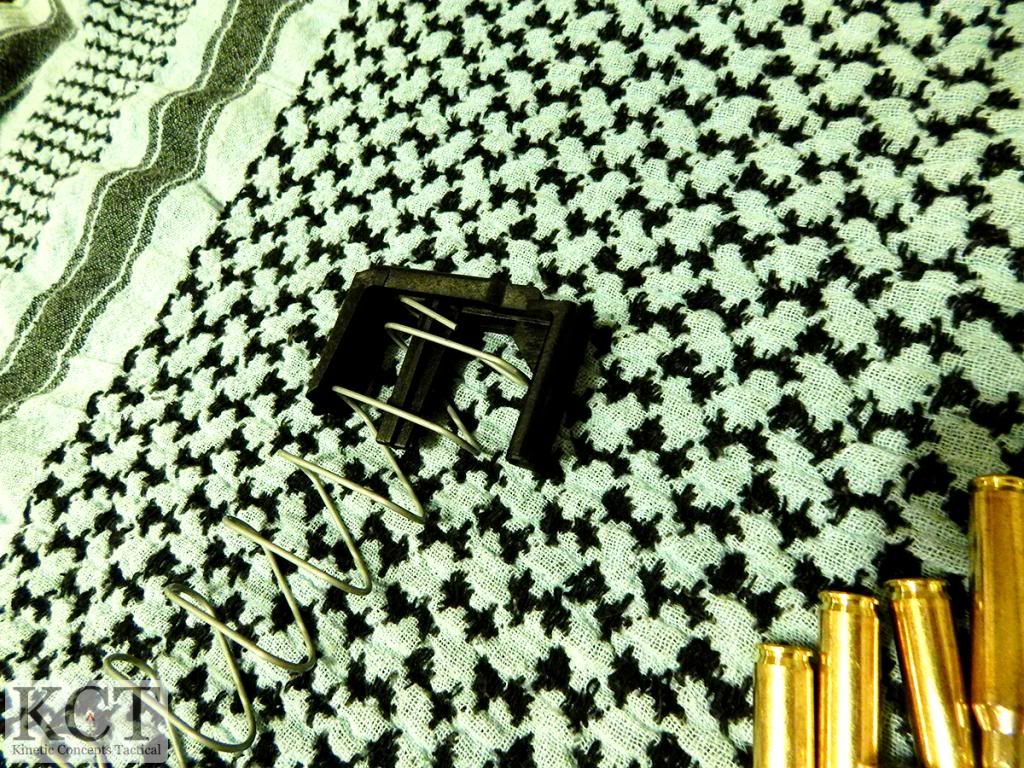
PMags are still dominating. And this doesn't seem to have a dust cover like the PMags. Personally, Im resentful of HK for making overly expensive guns, and showing an obvious preference to sell to governments and not civilians.
ReplyDeleteNo argument there. I mostly use PMAGs and GI mags with Magpul followers, with a few older L5's to spice things up. And I completely agree with your views on H&K's civilian sales strategy. We've had a lot of people ask us our thoughts on the H&K mags, and if they were worth the price, so we thought we'd find out and report back.
DeleteThanks for giving us a look!
why because you cant afford the best dont get mad at HK for your short comings
ReplyDelete